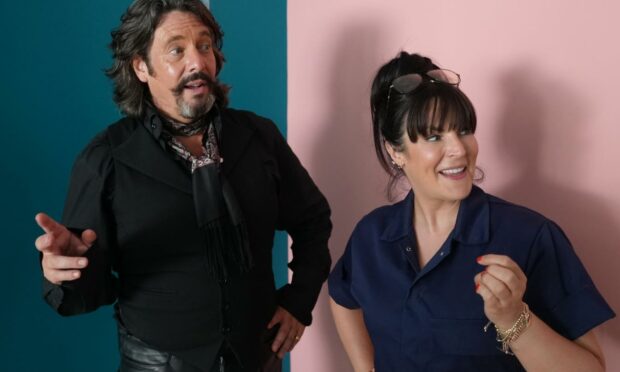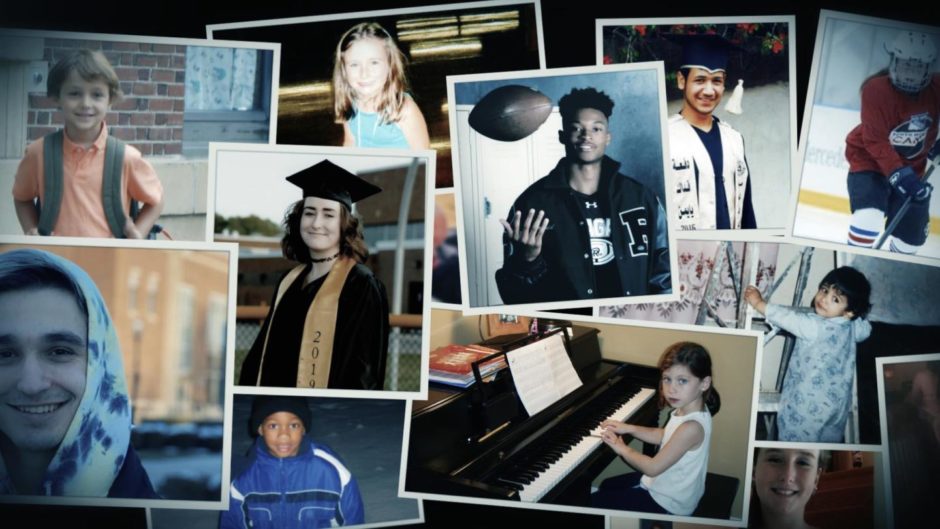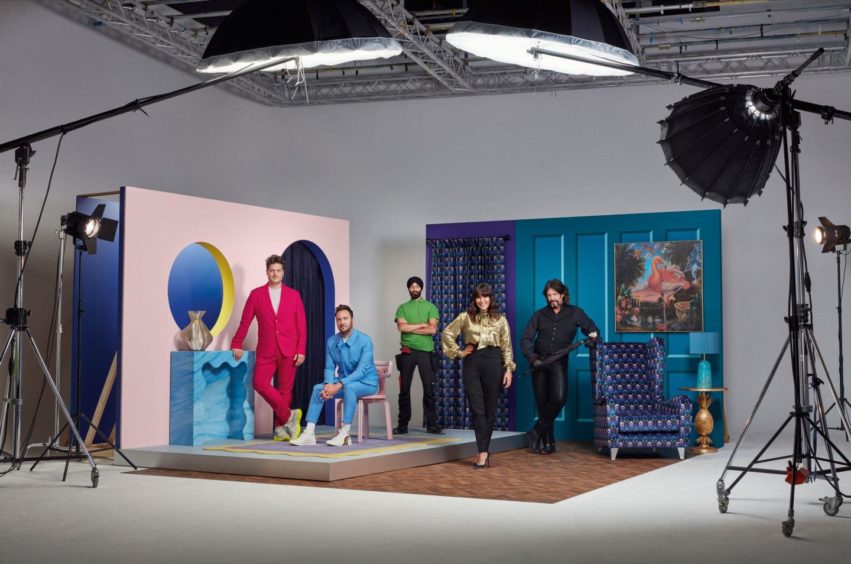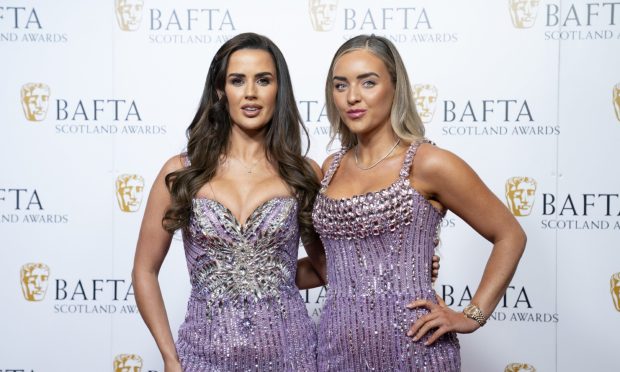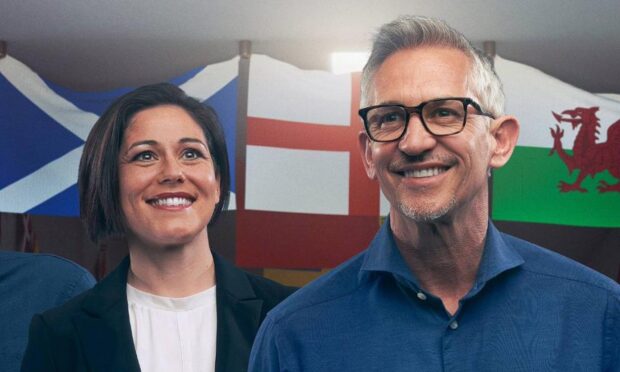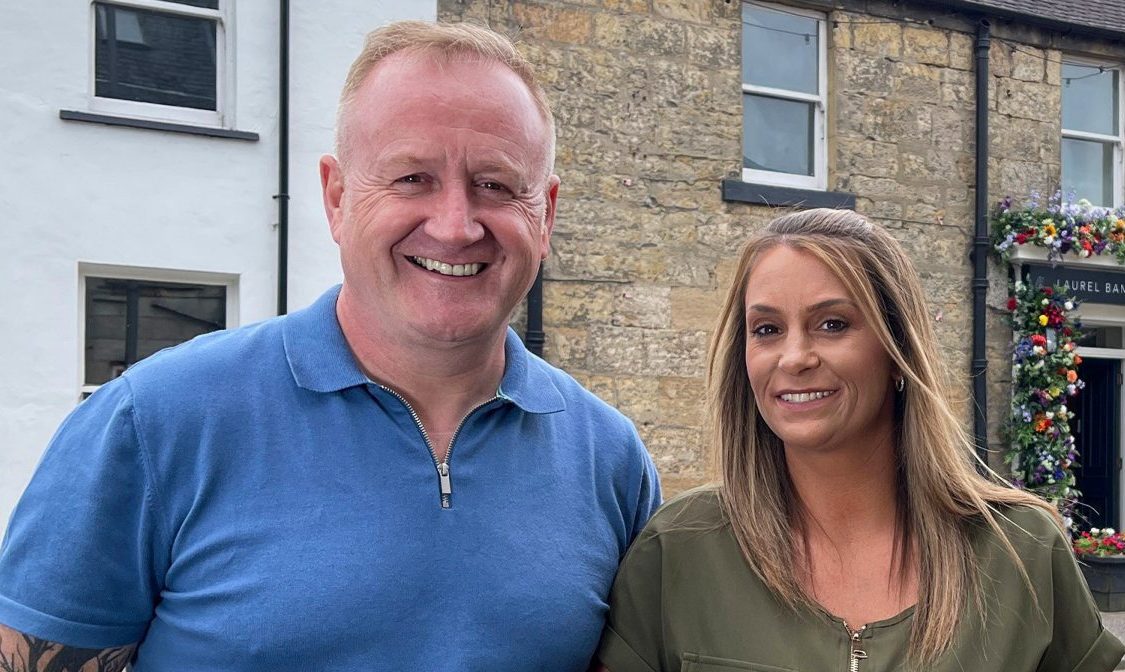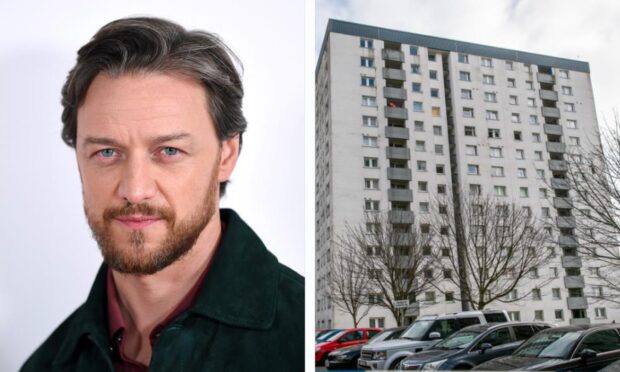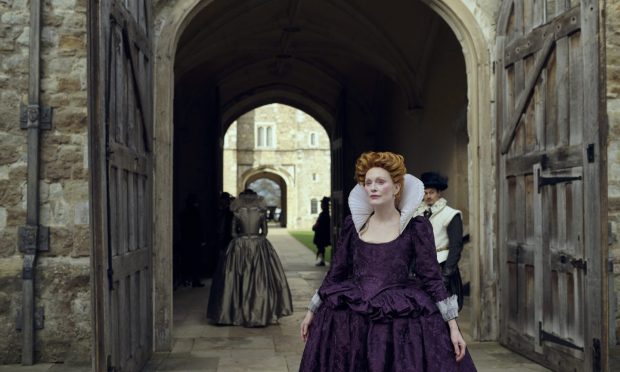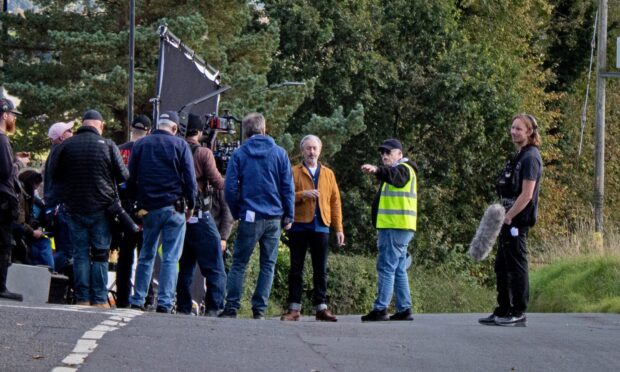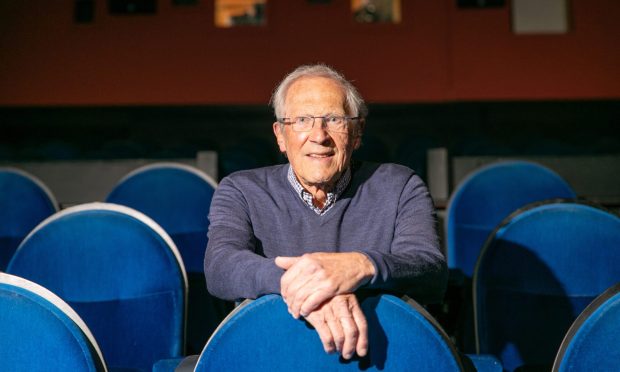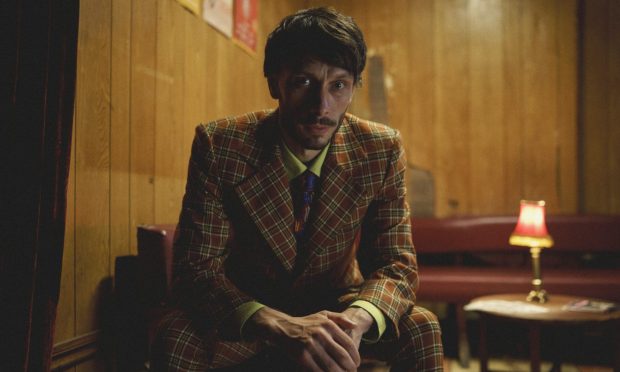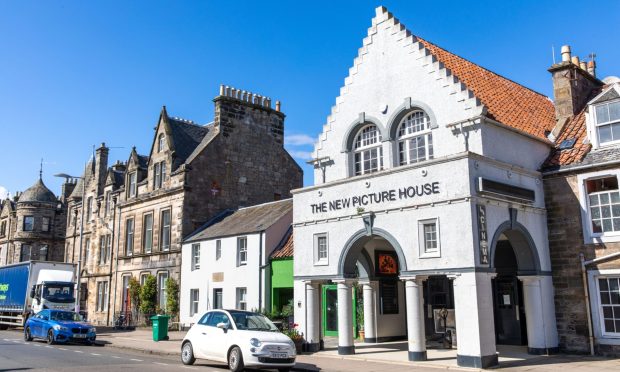With the 20th anniversary of the events of 9/11 just weeks away, and the fallout from the war in Afghanistan which resulted filling the news this week, Children of 9/11: Our Story (Channel 4) felt like a visionary and incredibly important piece of telly.
The format was simple but incredibly effective, as a group of young people who were within their mother’s wombs when their fathers were killed in the 9/11 attacks (soberingly, there were 105 expectant fathers among the victims) reflected upon their lives with the help of their families and home video footage.
At once, this documentary was a portrait of the men who died and of these children living with a strange grief for someone they’d never known.
More than that, it was a portrait of post-9/11 America for those who experienced it by those who hadn’t, and the concerns of this younger generation, whether political, racial or educational.
The title might have referred to the past, but it was telling us all about the present.
Those leather trousers…
In the 17-years-on revival of Changing Rooms (Channel 4), venerable old home-makeover stager Laurence Llewelyn-Bowen has once more creakily poured himself into the old leather trousers.
Veteran fans of the format – which involves two sets of neighbours doing up a room in the others’ house with the aid of a celebrity designer – will surely be overjoyed at the familiarity of seeing the dandyish contrarian back onscreen, and at the sheer cheek of his design choices.
“She’s not really a pink person…” one of his local accomplices tells him of her Swansea neighbour, so guess which colour LLB chooses for the room?
With nearly 20 years of reality TV history under the bridge since Changing Rooms was last on, a once-groundbreaking format is now a nice comforting show about redecorating with banter on the side.
Yet when new host Anna Richardson (50 times more likely to crack a naughty joke than Carol Smillie) interrupts hard-working design duo Jordan Cluroe and Russel Whitehead with “all the gays in here, I love it!”, it feels like television’s own little room has changed for the better.
In the late ‘90s Llewelyn-Bowen (wife, two kids, fancy clothes) was as queer as mainstream telly felt allowed to be.
Finally, Rigs of Nigg is one of BBC Scotland’s rich recent run of Scottish social history documentaries.
This time the subject is the oil boom of the 1970s, and specifically the effect it had upon the rural communities along the Cromarty Firth, where farm labourers became oil rig fabricators overnight.
A picture of a time
To an era-specific soundtrack of T-Rex, Stealer’s Wheel and Fleetwood Mac, the testimony of those regular folk who were there creates a vivid picture of a time when American engineers turned up and asked for a “big-ass hole in the ground, let’s go”, and workers from Glasgow, Newcastle-Upon-Tyne and the Highlands all mucked in to create an engineering marvel.
Special mention must go to modest pioneer Heather, who turned up in her mini-skirt looking for any old work, and ended up getting a job as a welder – an unusual outcome for a woman 50 years ago.
In a time of climate crisis the resonances of the oil industry’s advance feel different now, but there’s something enduringly pleasing about hearing people reminisce about a glory period in their and their community’s life on-camera.
